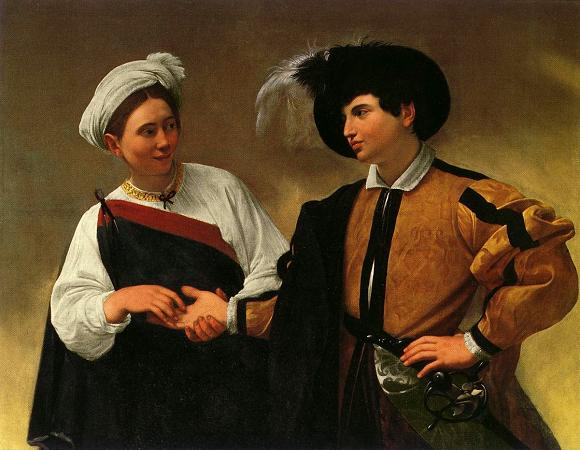Genre. Genre art is the pictorial representation in any of various media of scenes or events from everyday life, such as markets, domestic settings, interiors, parties, inn scenes, and street scenes. Such representations may be realistic, imagined, or romanticized by the artist. Some variations of the term genre art specify the medium or type of visual work, as in genre painting, genre prints, genre photographs, and so on. Rather confusingly, the normal meaning of genre, covering any particular combination of an artistic medium and a type of subject matter, is also used in the visual arts. Thus, genre works, especially when referring to the painting of the Dutch Golden Age and Flemish Baroque painting, the great periods of genre works, may also be used as an umbrella term for painting in various specialized categories such as still-life, marine painting, architectural painting and animal painting, as well as genre scenes proper where the emphasis is on human figures. Painting was divided into a hierarchy of genres, with history painting at the top, as the most difficult and therefore prestigious, and still life and architectural painting at the bottom. But history paintings are a genre in painting, not genre works. The following concentrates on painting, but genre motifs were also extremely popular in many forms of the decorative arts, especially from the Rococo of the early 18th century onwards. Single figures or small groups decorated a huge variety of objects such as porcelain, furniture, wallpaper and textiles. Genre painting, also called genre scene or petit genre, depicts aspects of everyday life by portraying ordinary people engaged in common activities. One common definition of a genre scene is that it shows figures to whom no identity can be attached either individually or collectively, thus distinguishing petit genre from history paintings and portraits. A work would often be considered as a genre work even if it could be shown that the artist had used a known person, a member of his family, say, as a model. In this case it would depend on whether the work was likely to have been intended by the artist to be perceived as a portrait, sometimes a subjective question. The depictions can be realistic, imagined, or romanticized by the artist. Because of their familiar and frequently sentimental subject matter, genre paintings have often proven popular with the bourgeoisie, or middle class. Genre themes appear in nearly all art traditions. Painted decorations in ancient Egyptian tombs often depict banquets, recreation, and agrarian scenes, and Peiraikos is mentioned by Pliny the Elder as a Hellenistic panel painter of low subjects, such as survive in mosaic versions and provincial wall-paintings at Pompeii: barbers' shops, cobblers' stalls, asses, eatables and similar subjects. Medieval illuminated manuscripts often illustrated scenes of everyday peasant life, especially in the Labours of the Months in the calendar section of books of hours, most famously Les Tres Riches Heures du Duc de Berry. The Low Countries dominated the field until the 18th century, and in the 17th century both Flemish Baroque painting and Dutch Golden Age painting produced numerous specialists who mostly painted genre scenes. In the previous century, the Flemish Renaissance painter Jan Sanders van Hemessen painted innovative large-scale genre scenes, sometimes including a moral theme or a religious scene in the background in the first half of the 16th century. These were part of a pattern of Mannerist inversion in Antwerp painting, givinglow elements previously in the decorative background of images prominent emphasis. Joachim Patinir expanded his landscapes, making the figures a small element, and Pieter Aertsen painted works dominated by spreads of still life food and genre figures of cooks or market-sellers, with small religious scenes in spaces in the background. Pieter Brueghel the Elder made peasants and their activities, very naturalistically treated, the subject of many of his paintings, and genre painting was to flourish in Northern Europe in Brueghel's wake. Adriaen and Isaac van Ostade, Jan Steen, Adriaan Brouwer, David Teniers, Aelbert Cuyp, Johannes Vermeer and Pieter de Hooch were among the many painters specializing in genre subjects in the Low Countries during the 17th century. The generally small scale of these artists' paintings was appropriate for their display in the homes of middle class purchasers. Often the subject of a genre painting was based on a popular emblem from an emblem book.
more...














